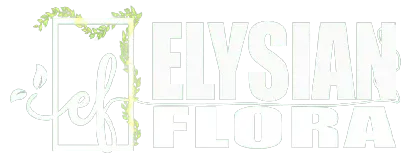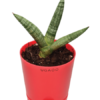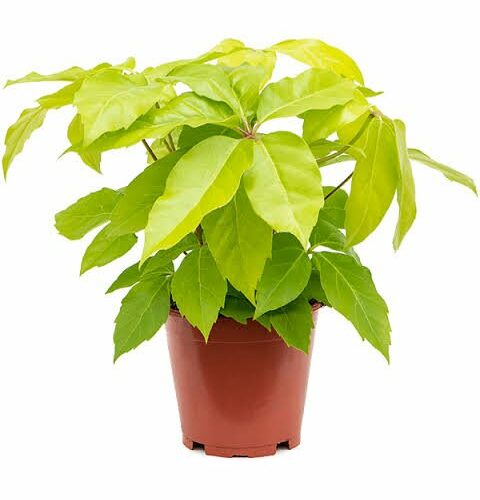When you think of the Asparagaceae family, you likely picture asparagus immediately.
But did you know about its relative Sansevieria ehrenbergii (san-se-VEER-ee-uh er-en-BERG-ee-eye) from Africa?
Ehrenbergii is known as samurai dwarf and sometimes called Sansevieria samurai. This short perennial succulent is one of 70 or so Sansevieria or snake plants species.
Ehrenbergii is known as samurai dwarf and sometimes called Sansevieria samurai. This short perennial succulent is one of 70 or so Sansevieria or snake plants species.
Other popular well-known house plant relatives are:
S. Cylindrica (cigar sansevieria)
S. laurentii (mother-in-law?s tongue)
S. Parva (Kenya hyacinth)
S. trifasciata (viper?s bowstring hemp)
S. Zeylanica (Ceylon bowstring hemp)
S. hahnii (bird nest snake plant)
This once rare Sansevieria species with its short stature has become quite popular.
Sansevieria ehrenbergii Samurai Dwarf Care
Size & Growth
Calling a Sansevieria samurai dwarf is like calling water wet. This tiny plant only grows 4? to 6? inches tall and about as wide.
The variegated evergreen green leaves take on a V-shape, with a slight red tint along the edges and tips.
Due to the alternating pattern of leaf growth, the plant takes on a spiral appearance when viewed from above.
As new growth is from the base and not the upper part of the stem, it?s not unusual to see a bit of browning in the leaf tips.
The plant is suckering and new leaves will emerge from the base of the plant as it grows.
Flowering
Dwarf samurai has an unusual flowering habit.
Similar plants often die after flowering. Sansevieria ehrenbergii samurai stops developing new leaves once the flower has bloomed.
The tiny blooms are under 1? inch wide and have an erratic bloom time from plant to plant.
After the central plant flowers, the rhizomes and stolons continue to produce new plantlets.
Light & Temperature
Keep your dwarf snake plant in indirect, bright light for the best results.
Full sun may damage the more sensitive leaves. While the plant can tolerate partial shade, the coloration won?t be as vibrant in a low light setting.
Outdoors, not in full sun, Sansevieria ehrenbergii is recommended for USDA hardiness zone 10, due to its high frost sensitivity.
When indoors, keep the plant away from cold drafts. Room temperatures should remain above 50? degrees Fahrenheit.Watering and Feeding
As a succulent, dwarf Ehrenbergii samurai stores water in its leaves. Your plant will need far less water than your other houseplants.
From spring and fall, add water whenever the soil becomes dry to the touch. Cut back to monthly watering during winter.
Overwatering the snake plant easily leads to rot.
While a humidity of 50% percent is preferable, the plant can handle normal house humidity levels.
Any balanced liquid house plant fertilizer (10-10-10) will suffice for feeding your dwarf Sansevieria. When growing indoors dilute to 1/2 strength.
Feed once per month throughout the growing season.
Soil & Transplanting
Samurai dwarf is easy to please when placed in any well-drained cactus or succulent potting mix with a pH of 5.0 to 7.5.
You may also choose to add some peat and perlite to regular potting soil.
Avoid transplanting this little guy unless necessary.
Your little snake plant friend can tell you when it?s time to repot.
Use a clay pot that will crack when the plant outgrows its container.
Grooming And Maintenance
This little plant requires no pruning or special care.
How To Propagate Samurai Dwarf
While leaf and rhizome cuttings are viable, the easiest way to propagate samurai is through division.
Sansevieria Snake Plant Pest and Diseases
Ehrenbergii samurai dwarf is drought tolerant. It has no natural pest or disease problems.
Overwatering leads to root rot.
All members of the snake plant Sansevieria genus contain saponins, a substance toxic to pets.
Symptoms of Sansevieria ingestion include:
Depression
Drooling
Lethargy
Loss of appetite
Vomiting
Suggested Dwarf Sansevieria ehrenbergii Uses
Its low water needs and care requirements make the dwarf Sansevieria snake plant a perfect starter succulent plant.
It?s also an excellent ?children?s plant?, as they can learn to care for plants with less risk of harm.
Dwarf samurai are often kept for good fortune and make a great living decoration.













Reviews
There are no reviews yet.